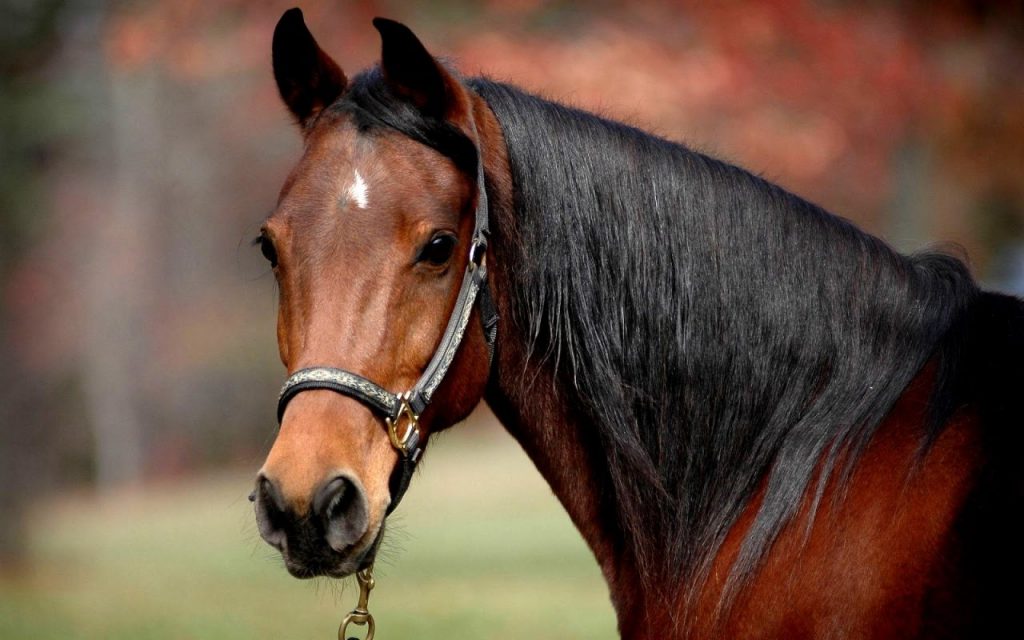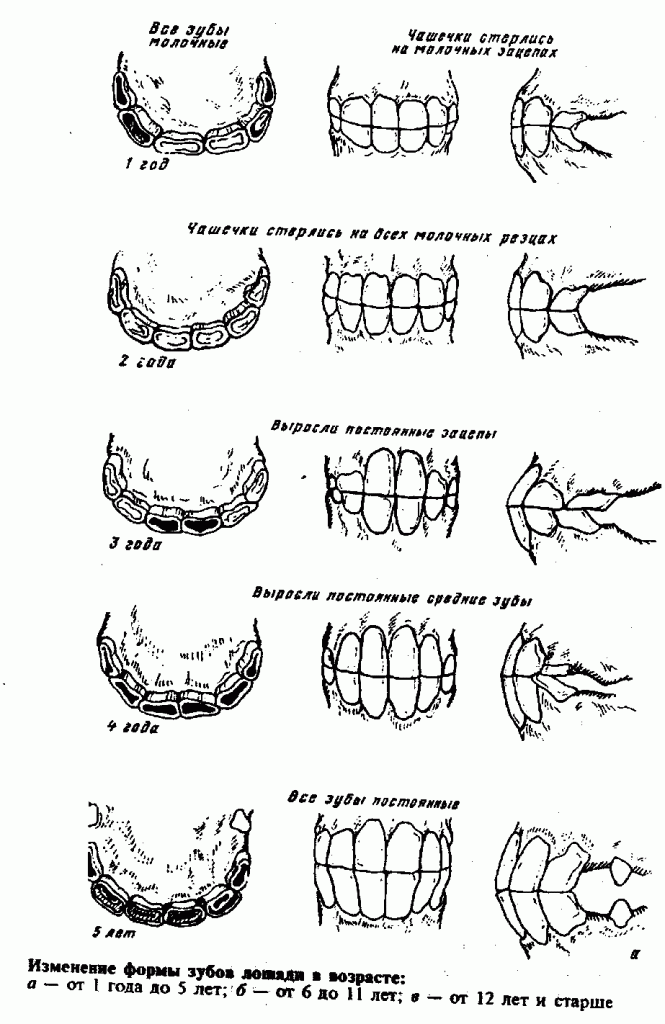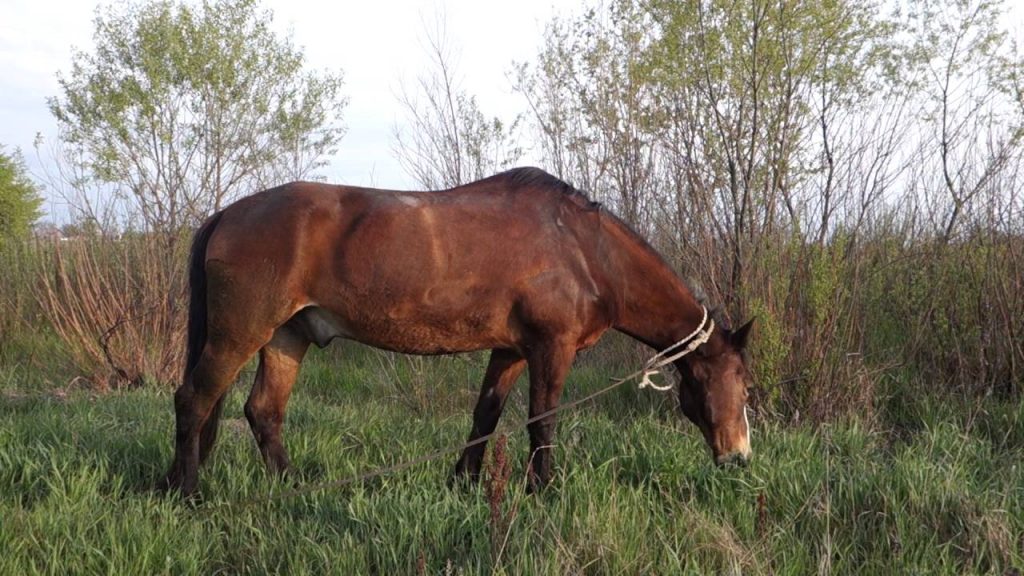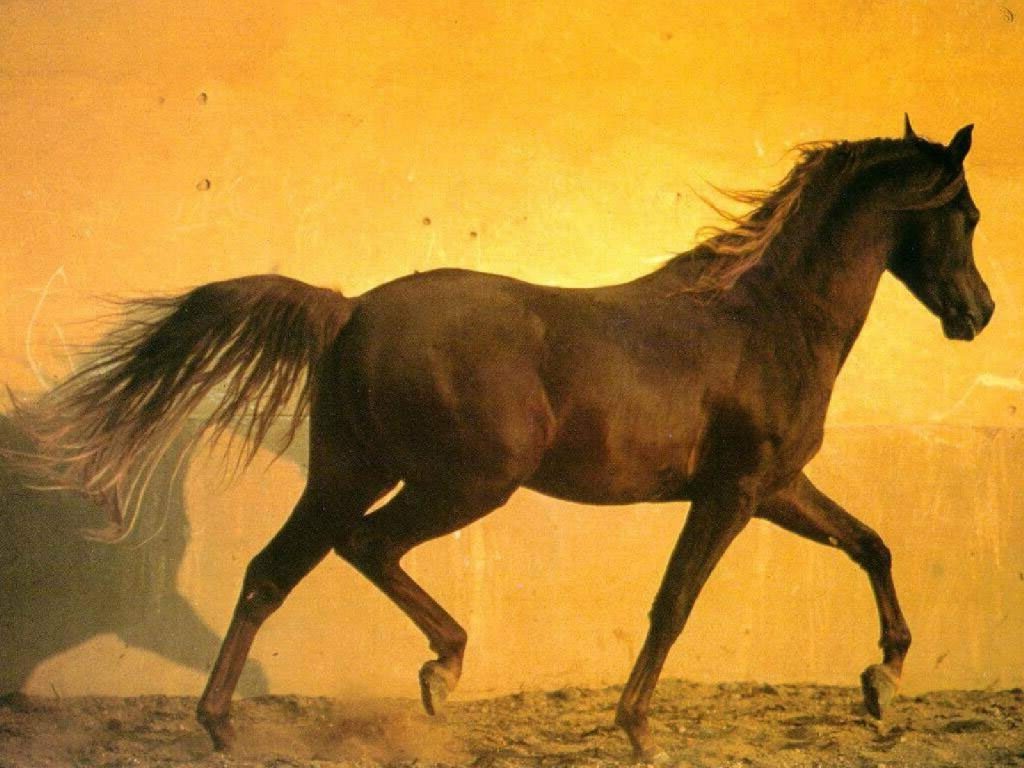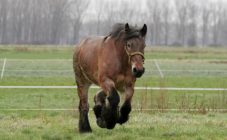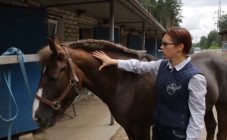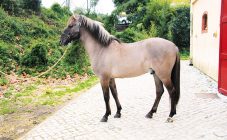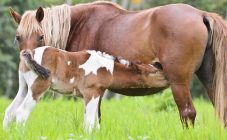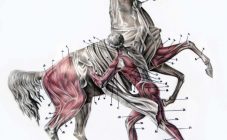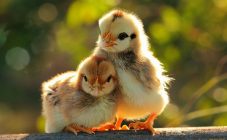Content:
Knowing the age and developmental characteristics of the horse is a must, since these indicators help determine the further direction in which the animal will be used. It is known that horses can be used in breeding, when performing a number of agricultural work, also young and strong - in sports competitions and exhibitions. Determining the age characteristics will help you make the right money investment, since horses are expensive.
Visual inspection of the horse
In 90% of cases, the exact age of the animal can be found from the documentation - the zootechnical passport, which must be issued by the owner without fail. If it is not there, then a visual examination of the horse (assessment from the side) and an external examination of the oral cavity are performed, since the condition and appearance of the teeth will give an idea of the health and age-related changes in the animal.
You can determine how a horse develops by the state of such teeth:
- canines;
- back molars (molars);
- incisors;
- molars anterior (premolars).
All elements that form the dentition must be in place, not damaged. In order to determine the age with maximum accuracy, you need to know which anatomical structure of the teeth is correct and corresponds to the declared breed. Such indicators as the time of formation of each tooth, the state of the chewing surface and its shape are taken into account. Color is also a factor in determining the age of a horse - a young horse has strong teeth, dark plaque and other markings on the surface are absent.
The dentition in the young and mature period
Each tooth in these animals begins to form at the embryonic stage of development, since horses are mammals. Age is indicated not only by external data, but also by the number of teeth:
- the foal has 3 premoleres, then the first canines and incisors are formed;
- mature stallions - 40;
- mature mares - 36 pieces.
Old horse teeth
The main age indicator is the grinding of the relief (cup) of the teeth. Changes begin on the incisors (toes, middle, edges). If the horse is already 6 years old, then characteristic thinning will appear on the hooks in the lower jaw. Averages change at 7 years old, edges - at 8 years old. The upper jaw begins to change (grinding of the cups appears), respectively, from the age of 9. During this period, changes are noted on the upper holds. In the next 2 years (10-11 years of the horse), thinning occurs on the middle incisors and edges.
Only a specialist can find out the exact age of horses by teeth; an ordinary person is likely to make a mistake. Should be considered:
- at the age of 2-5 years of the animal, the error in one direction or another is six months;
- if it is assumed that the horse managed to live 6-10 years, then the error increases to 12 months;
- 11-15 years - the error is 2 years.
After a horse reaches the age of 16 years, when examining the teeth, you can be mistaken for 3 years. It should also be borne in mind that the state of dental health is determined by what conditions for life are provided for the animal, what types of feed are used in the diet. You can also determine the age or health status by how the hoof looks, since a knocked down indicates illness or the fact that the horse has been riding a lot, the horse has done hard work.
Horse lifespan
If you managed to find out how to determine the age of a horse by the formed teeth, then the next question arises, what is the life expectancy of the animal, how long they live with normal care, following all the recommendations. Experts who study horses (horse breeders) call the figure from 25 to 40 years old. These indicators are influenced by various factors: the characteristics and conditions in which the animals are. The indicator of the years that a horse will live for is different for different breeds. Life (its duration) may change, depending on the conditions in which the animals were raised. The main goals (exhibitions, sports, agriculture or breeding) also make adjustments to this indicator.
Horse Life Facts
A variety of factors affect the lifespan, general condition of horses, their endurance and ability to perform their assigned tasks. Anyone who professionally approaches the issue of content, tries to follow the recommendations, in accordance with the characteristics of the breed, take into account the negative factors that reduce the indicators for life expectancy. This makes it possible to extend the life of both mares and horses. The longest life and the most pronounced performance (depending on the direction, this can be the number of victories, indicators of successful work in agriculture, sports achievements and records) will be observed when the basic rules that ensure longevity are observed:
- high-quality care that meets the requirements of the breed;
- the correct content, which, in addition to the breed, should take into account climatic features and the main direction of operation;
- correct, balanced and healthy nutrition for the animal (feed must contain vitamins and trace elements);
- horse breed (not all of them can perform prolonged physical activity).
To prolong vital signs, it is necessary to consider whether the horse is related to the wild representatives of the species or was raised in captivity (domestic breeding). Also, a special purpose leaves an imprint on load indicators, the formation of a diet. It turns out that the total number of years lived can vary, it depends on attention and experience, the human factor is also among those that determine life expectancy, since only a responsible person can provide decent care.
Long-lived horses
Among horses, as well as among people, there are centenarians. One of the most famous is the stallion Billy (1760-1822), which was bred in Great Britain. He was born from representatives of two breeds: the Cleveland and the purebred Eastern. Breeder - Edward Robinson. After the horse lived longer than all the representatives of the breed, it was renamed Old Billy. The peculiarity is that for all 62 years, he performed hard physical work and at the same time showed excellent physical data. Today, visitors to the Manchester Museum can see the skull of this horse, as they decided to keep it, since no one managed to repeat the record for life expectancy. Thus, it is Billy who is the oldest horse in the world known to modern researchers.
Another long-liver who lost very little to Billy, less than 10 years, is a stallion named Bonnie Lass (1919-1987).This representative of the pony breed lived for 54 years, which is a full-fledged record for horses of this short, but physically hardy breed.
The third place among the record holders for life expectancy should be given to a thoroughbred racehorse. Bay gelding Duke of Tango (1935-1978) lived for 42 years. He has demonstrated good physical and physical appearance throughout the years.
It is important to know how to determine the age of a horse in order not to miscalculate and get not just an animal capable of performing the tasks assigned to it, but also a devoted friend. Each representative of the breed must have a document in which the basic data and features are prescribed. The approximate age is determined by the condition and number of teeth, but their absence may indicate a young age at which the change to permanent ones occurs. This means that the animal is in top shape when properly cared for. Even the oldest mongrel horse can meet the requirements if factors that contribute to life are considered. Before purchasing an animal, you need to find out the conditions of detention, whether it is domestic or wild, as this will help determine the further content.
If the horse is intended for riding, then you need enhanced nutrition, the composition should contain vitamins, trace elements, a sufficient amount of protein and iron to maintain optimal performance in speed and endurance. Every responsible equestrian breeder knows that the age is relative by the teeth, you need to pay attention to the condition of the mane, hooves, assess the look - clear eyes speak of good health, this is an ancient law.
